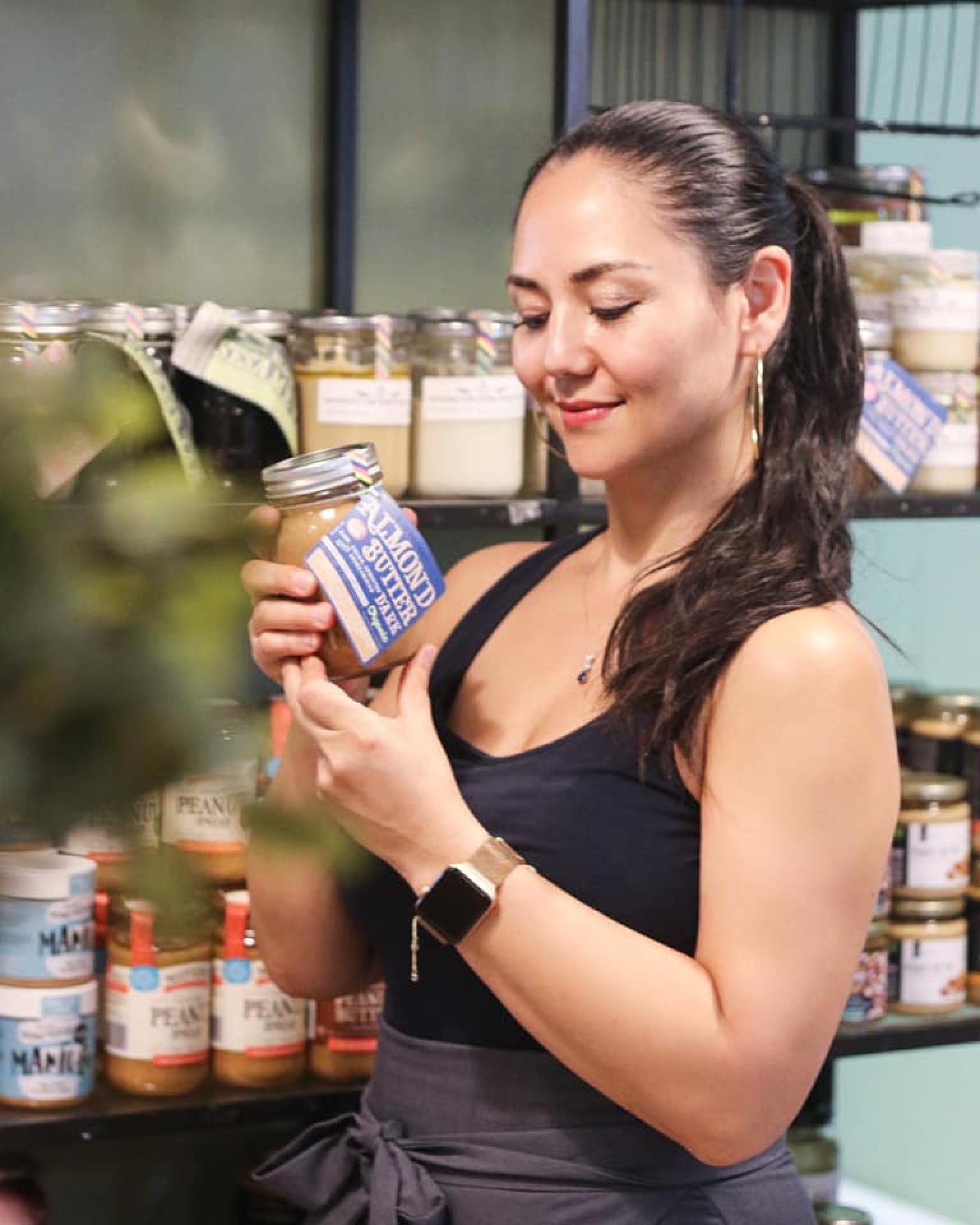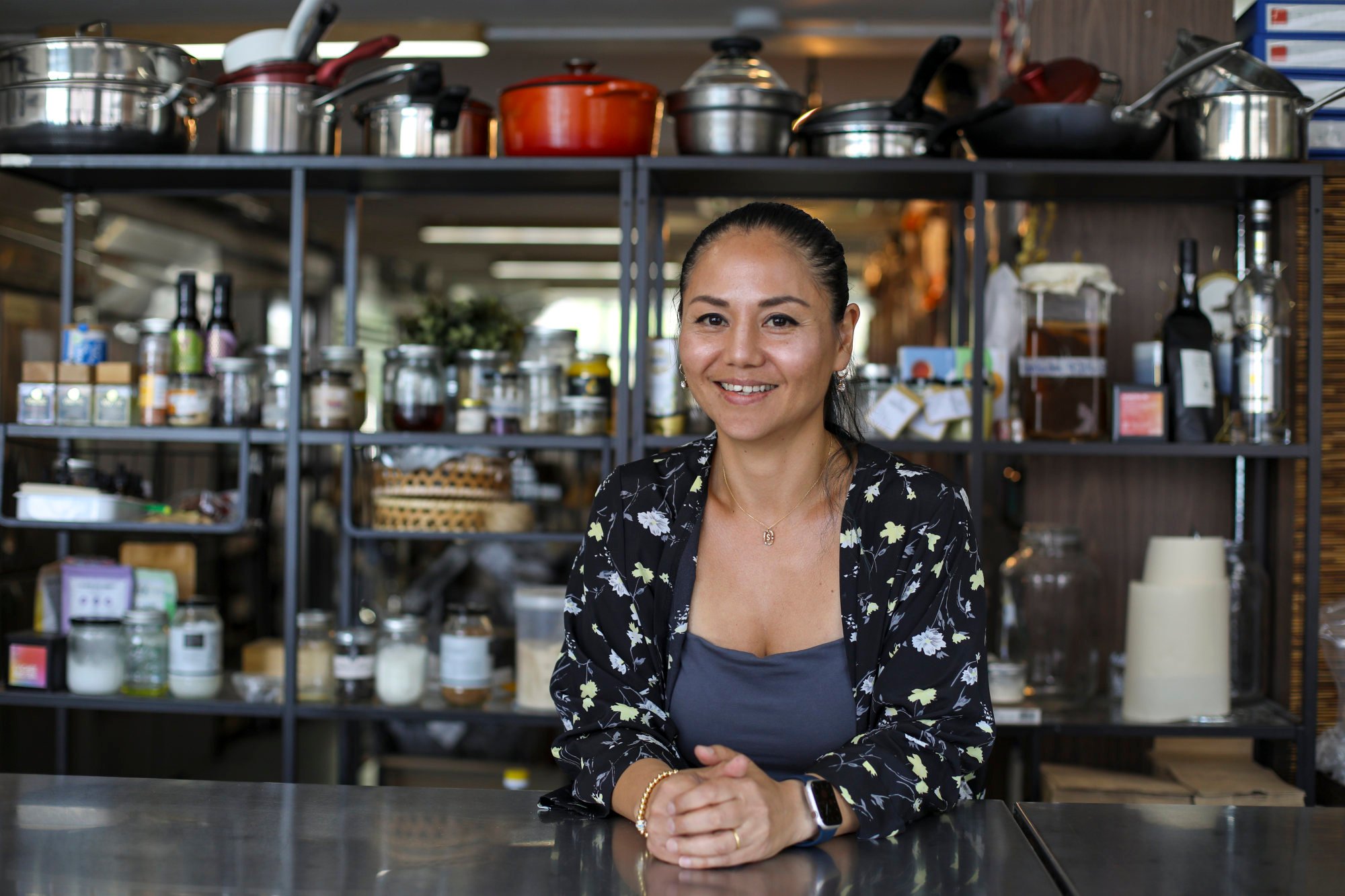
Veganuary: how to go a month without meat, fish, eggs or dairy products, and overcome cravings – find motivation, enlist friends, go flexitarian if need be
- Started in 2014 to get people to try veganism, Veganuary invites participants to go without consuming animal products all January, but some find this daunting
- With help from a nutritionist and a chef, we look at how to improve your chances of success, which foods to eat, and the health benefits of a plant-based diet
Have you considered taking up the Veganuary challenge – dropping all animal products, including meat, fish, eggs and dairy produce, from your diet for the first month of the year?
The initiative will be a decade old this January. It was started as a non-profit endeavour by a British couple to encourage people to get a taste of veganism by trying it for a month.
In 2014, about 3,000 people joined in. Since then, more than 6 million people around the world have taken part.

Sandra Carvajal, a holistic nutritionist at Central & Stanley Wellness in Hong Kong, explains how to succeed in joining the Veganuary movement.
What alcohol does to your health, and why Dry January isn’t enough
The first step in preparing for a month of not eating animal products is to find a strong motivation that resonates with you.
“Involving friends in a challenge can be a great way to do this,” Carvajal says. You not only commit to it together but can also share recipes and information to support one another.

Most people tend to eat more protein than they actually need, Carvajal says. “We only need 10 to 35 per cent of our daily calories to come from protein, which means 50 to 175 grams per day on a 2,000-calorie diet.”
Most adults need around 0.75 grams of protein per kilogram of body weight per day (for the average woman, this is 45 grams, or 55 grams for men).
The pros and cons of Instagram and TikTok diet trends: an expert explains
Restaurants typically serve steak in 8oz (227 gram) portions that contain 50 grams of protein.
Focus on all the things that you can eat, instead of concentrating on the few you can’t
When she began her journey to becoming a chef, she spent time in California, where she first learned about raw vegan food. She then moved to Bangkok, where she began working as a chef in a raw vegan kitchen.
Ultimately, she found a raw vegan diet to be too high in sugar; she began to have recurring yeast infections – and she became pregnant. She now follows a mostly plant-based diet, with a few meals that include animal protein each week.

Shimizu says there are many reasons to go plant-based.
This alone will make a difference in how we feel and look.

There are many alternatives available for those who are curious about replacing animal protein with plant-based options, she says.
She prefers “real food, whether it’s plant-based or animal-based” and avoids ultra-processed and highly processed foods.

“It’s an amazing plant-based protein that acts as a blank canvas, absorbing any flavour you add to it, whether it’s Japanese, Indian, Western, Chinese, or Middle Eastern cuisine,” she says. It’s so versatile, you can swap your animal protein source with tofu and get a good amount of plant-based protein, she says.
Shimizu prefers firm tofu “as it holds its shape well even when cooked and tossed around”, and chooses organic versions.
If you can feel the difference in just one month … you won’t need any further explanation of how important food choices are
But how can you avoid cravings if you’re a habitual carnivore?
Carvajal says that cravings are usually a result of deprivation. The best way to avoid craving protein is to ensure you get enough vegan protein in the absence of your usual steak or chicken.
For example, start the day with a high-protein smoothie or overnight oats, enjoy edamame or nuts and seeds as snacks, and make sure you have plenty of lentils, chickpeas, tofu and high-protein grains such as quinoa and wild rice.
Anyone for herring and pumpernickel? Nordic diet’s benefits
Carvajal says it is especially important to have a good intake of leafy greens and beans, as they are high in iron and help avoid deficiencies and resultant cravings.
A good tip, Carvajal says, is “to focus on all the things that you can eat, instead of concentrating on the few you can’t”. If it feels too hard to commit to a whole month, start small: a day a month, then a day a week, and then a week a month.
Shimizu says that once you start incorporating more vegetables and real food into your diet you may find that your cravings for animal protein decrease.

“I won’t say you’ll never crave it again, but in my experience, a change in my gut microbiome altered my natural food preferences and daily choices,” she says.
That’s why it’s important “to limit consumption to small portions” and look for quality produce – lean, grass-fed meat rather than the processed kinds, she says.
Bodybuilder ditched whey protein for plant-based substitutes, feels fitter
Carvajal says she is “sceptical about the demonisation of certain foods”, not only because there is usually an agenda behind the slander, but because “everything can be a remedy or poison depending on how much of it we eat”.
It’s not just about the quality and quantity of a food, she adds; it’s also about how that food is prepared – deep-fried cauliflower in batter is obviously not going to deliver the same benefits as steamed or raw cauliflower will.
The combination of macro and micro nutrients in our diets is more important than whether we eat meat, Carvajal adds.
‘I shifted my mindset’: Hong Kong vegan chefs, entrepreneur after pandemic
“What tends to happen with your biomarkers when you go meat-free for long periods might be more related to all the good stuff that you start eating (more greens and vegetables) than to the actual elimination of meat.”
Shimizu agrees and urges people to think less in terms of going vegan in the short term and instead to add more plant-based foods generally and avoid processed foods.
Do that in January and make it the start of a lifelong transition in your eating habits and food choices.
“If you can feel the difference in just one month, I’m confident that you won’t need any further explanation of how important food choices are,” Shimizu says.

